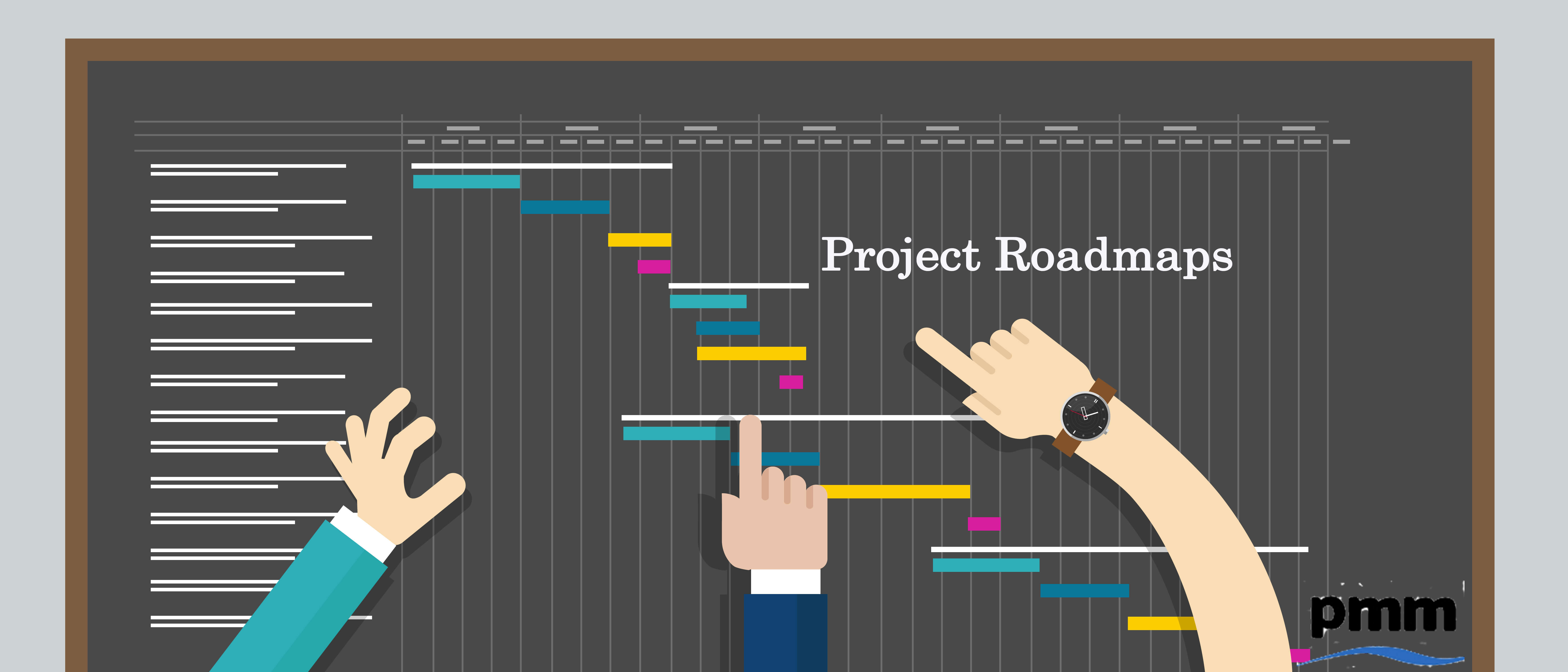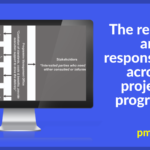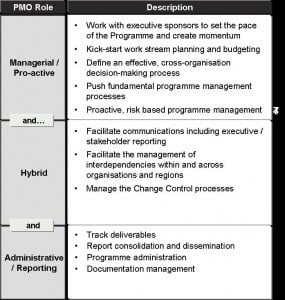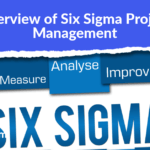A project or programme is created due to a specific need to achieve an outcome. The outcome is the purpose, the need, the objective that needs to be met.
Projects can take many forms from simple fixes / enhancements to existing processes / platforms or the implementation of something new and innovative.
In all cases the project or programme will represent a vision of what the stakeholder or organisation wants to achieve.
Project Vision: The benefits
Over the many years delivering projects, programmes and PMO’s, an observation is that when a project goes well, a contributing factor is that everyone involved understands the vision of what needs to be achieved.
This is important as this common understanding builds a deeper commitment of the project team and stakeholders to the goal. It also reduces the risk that misalignment’s occur or time wasted trying to explain what needs to be done.
Having a committed team fosters and environment where the team do all that they can to achieve the objectives. Often going over and above the effort of other members of staff.
Project Vision: The challenge
Given the benefit of having the team fully onboard with the vision, this raises the challenge of how best to communicate the big picture.
It is very easy for the sponsor or project manager to have a clear picture of how all the items come together to achieve the solution. However, this is usually not so clear to the employee focusing on specific aspects of their individual workstream.
This can lead to decisions and actions to be taken at the lower levels that are not aligned to the overall picture. This in turn can cause both the sponsor / project manager to become frustrated that the team do not understand the vision. Likewise the team members become frustrated as they believe they have worked hard to complete activities only to be told it is not correct.
Project Vision: The solution = project roadmap
Like with any idea or vision, a sign of a good leader is how they communicate their vision in a way that the audience can easily and quickly understand and digest. This usually requires the leader to be able to make sense of their own thoughts and order them so that they can be communicated.
A proven method for communicating the goals and vision of a project is a project roadmap. This is typically a single page graphical representation of what the project will achieve in a given time period.
The project roadmap is powerful as it makes it very easy for stakeholders to see the key deliverables over the duration of the project. The use of a time scale means that they gain a view of what will be achieved by when; the journey that will be taken.
Having a single page view means that it should be very easy for the sponsor or project manager to present the vision to the team. The key deliverables can be explained and expanded. The team can ask clarifying questions. At the end, all should have a clear understanding of what needs to be done by when. How the different pieces of work fit together and, most importantly, where what they are doing fits into the overall vision.
Project Roadmap formats
There is no set format for a project roadmap and they can be generated using tools like Excel, Powerpoint, Visio, etc.
They typically are graphical in nature with text. Some are simple bars or chevrons plotted against a timeline. Others can use more representative graphics or icons.
The design can vary. However, in order to achieve the goal of achieving a common understanding of vision it must communicate overall objective, key deliverables and have a timeline.
It is also important that the design makes it easy for anyone to understand. Avoid the trap of being too clever that the message is lost in the design.
Project Roadmap: the smart PMO
A good PMO will ensure that their are clear guidelines for constructing a roadmap.
This will include a method to link project plan milestones to programme plan milestones and into the roadmap. This ensures that it is always the same data regardless of format. This avoids additional effort and helps ensure that everyone knows how the completion of activities contributes to completion of items on the roadmap.
Summary
- It is important that the project or programme vision is clearly communicated.
- All team members and stakeholders MUST understand the common goals
- A project roadmap is a powerful tool to align all team members and stakeholders on the vision
- The project roadmap can be used to communicate on an ongoing basis
Over the next posts I will expand on the creation and use of project roadmaps.






